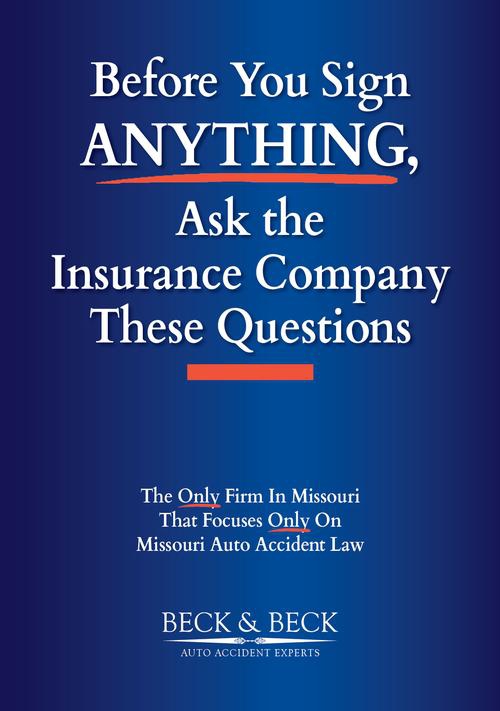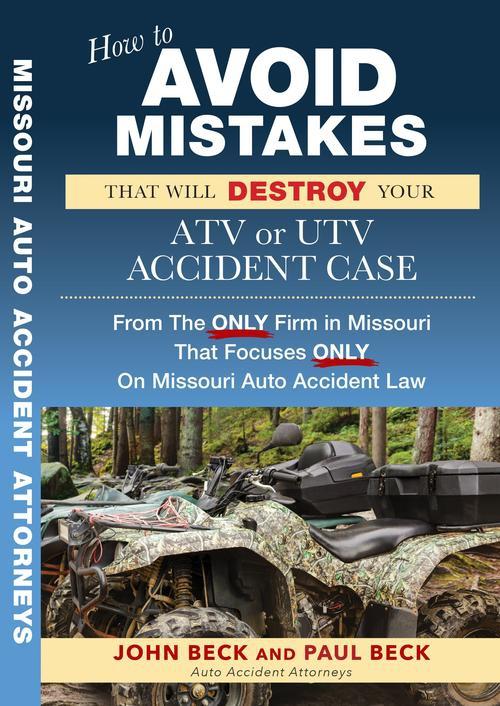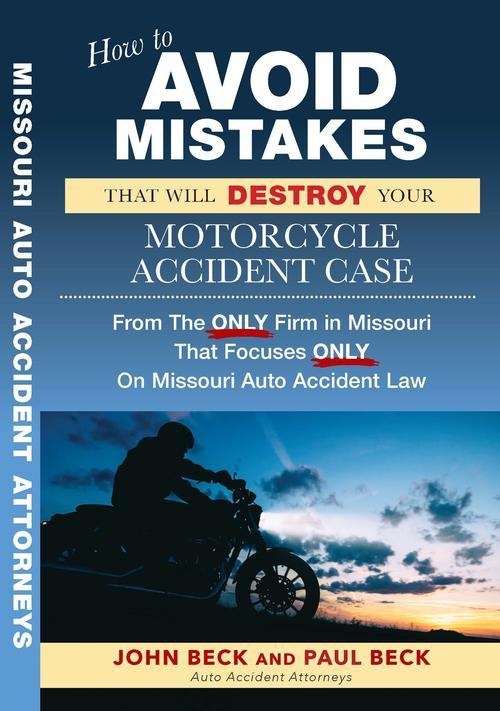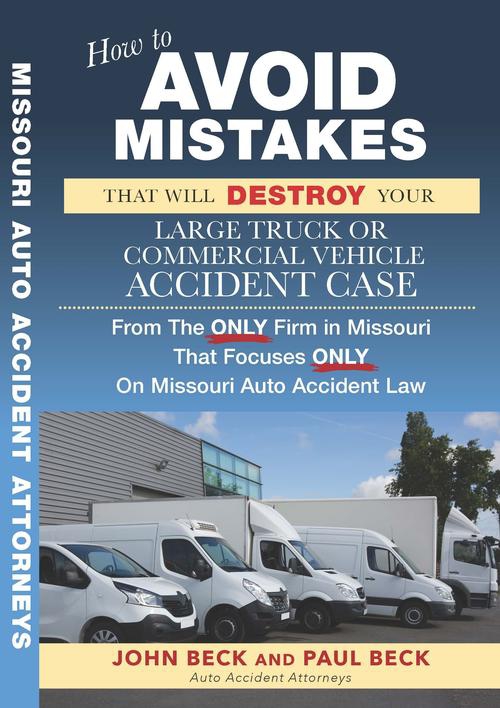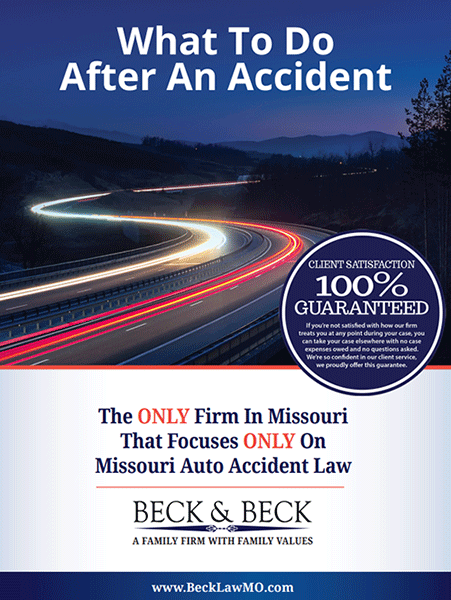Most drivers don’t give tire pressure much thought, yet over time, air naturally escapes, causing pressure to drop. When that happens, the risk of a blowout increases, and the vehicle becomes harder to control—especially when braking or turning. In fact, underinflated tires were linked to 646 fatal crashes on U.S. roads in 2023 alone. Low tire pressure doesn’t just put lives at risk—it also shortens the lifespan of your tires. Keeping them properly inflated can help them last up to 4,700 miles longer.
According to the National Highway Traffic Safety Administration (NHTSA), thousands of accidents every year involve tire-related issues, often because drivers underestimate how much grip and control is lost when pressure drops. Sometimes the signs are subtle—until it’s too late.
If you were hurt in a crash involving underinflated tires—whether it was your vehicle or someone else’s—our experienced Missouri Car Accident Lawyers can help. We focus on Missouri car accident claims and understand how these cases work.
The Danger of Driving With Low Tire Pressure
A lot of drivers don’t think about tire pressure until something goes wrong. But driving on underinflated tires can quietly raise your risk of an accident. Low pressure makes your car harder to handle—steering feels loose, and stopping takes longer, especially on wet roads. When you can’t brake or turn the way you should, it’s easier to lose control, even if you’re not speeding.
Low tire pressure also causes the rubber to flex more than it’s meant to. That flexing creates heat. Over time, especially on long drives or during hot weather, that heat builds up inside the tire. In some cases, it causes the tire to fail completely. A blowout like that doesn’t always come with a warning.
One minute you’re driving normally, the next your car jerks or starts to spin. Blowouts in front tires can pull the car into another lane, while rear-tire blowouts often lead to fishtailing or spinning out. In larger vehicles—like trucks, RVs, or SUVs—a tire blowout can even cause a rollover.
Here’s what makes blowouts more likely:
- Worn-out tires: As tread wears down, the rubber weakens and loses grip.
- Underinflation: Not enough air puts extra stress on the sidewalls and raises heat levels.
- Overloaded vehicles: Too much weight presses the tires down, increasing friction and wear.
- Road hazards: Hitting a pothole with low pressure can cause an instant blowout.
- Manufacturing defects: Some tires fail early due to poor design or weak materials.
Underinflated tires are a known factor in thousands of crashes each year. But these accidents are preventable. Keeping your tires properly inflated, rotating them on schedule, and avoiding overloading your vehicle are all simple steps that can help keep you safe on the road.
Liability in Tire Blowout Car Accidents
Tire blowouts don’t always happen out of nowhere—and when they cause a crash, the question becomes who’s responsible. That answer depends on what caused the blowout in the first place and who failed to do what they should’ve done to prevent it. In many cases, more than one party may share the blame.
The Driver
If a driver ignores worn-down tires, skips regular maintenance, or drives on over- or underinflated tires, they could be found at fault. Drivers are expected to keep their vehicles safe to operate, and tires are a big part of that. Letting them get too bald or failing to check pressure regularly can be seen as negligence, especially if a crash follows.
The Vehicle Owner
Sometimes, the car isn’t owned by the driver. If it belongs to a rental company, an employer, or someone else, that owner might also be held accountable. Owners are supposed to make sure their vehicles are roadworthy before someone else gets behind the wheel. If they knew—or should’ve known—the tires weren’t in good shape, they could be on the hook.
The Manufacturer or Installer
If the tire failed because of a design flaw or a problem during manufacturing, the company that made it may be liable. Retailers or shops that sold or installed the tire could share that responsibility, especially if they installed it improperly or missed signs that something was wrong.
Government Agencies
Blowouts can also be linked to road conditions. If a pothole or other hazard that should’ve been fixed leads to a crash, the agency in charge of maintaining that road might be partially to blame.
Every case depends on the facts, but these are the most common places where fault is found.
Tips To Avoid an Underinflated Tire Car Accident
Tire pressure might seem like a small detail, but driving on underinflated tires can seriously increase your risk of a crash. As we mentioned, your vehicle becomes harder to steer, stopping distances increase, and your chances of a blowout go up—especially if your tires are already worn or your car is overloaded.
Below are some practical tips to help prevent accidents caused by low tire pressure:
Check Tire Pressure Monthly
Even if your vehicle has a Tire Pressure Monitoring System (TPMS), it’s important to check the pressure yourself at least once a month—TPMS alerts only come on when pressure is significantly low.
Use a tire gauge when the tires are cold, and compare the reading to the recommended pressure found on the driver-side door label or in your owner’s manual. Don’t rely on the number printed on the tire itself—that’s the max limit, not the target.
Know the Signs of Aging and Wear
Underinflated tires wear down faster, especially on the edges. Check tread depth regularly using a penny or by looking for the built-in treadwear indicators. If the tread is level with those bars—or if you can see all of Lincoln’s head—it’s time to replace the tire. Also keep an eye out for cracking, bulges, or any unusual wear patterns.
Rotate and Align
Rotating your tires helps them wear evenly, while alignment and balancing keep your car stable. These services also help prevent stress that leads to underinflation and uneven wear. Check your manual for how often to rotate—usually every 5,000 to 8,000 miles.
Don’t Overload Your Vehicle
Too much weight increases pressure on the tires and raises the risk of a blowout, especially if the pressure is already low. Always follow your vehicle’s load limits and keep unnecessary items out of the car.
Taking a few minutes each month to maintain your tires can help prevent serious accidents—and save money over time.
Award-Winning Missouri Car Accident Law Firm
At Beck & Beck Missouri Car Accident Lawyers, we know how disruptive a crash can be, from mounting medical bills to the stress of dealing with insurance companies. Our job is to take that weight off your shoulders. We handle everything from start to finish, so you can focus on getting better.
Whether your car was totaled or you’re recovering from serious injuries, we fight to get you the compensation you deserve. We’ve represented thousands of accident victims across the state, and we don’t back down from tough cases.
With our personalized approach, you’ll always speak directly with a lawyer—not a case manager or assistant. If you’ve been injured in a car accident anywhere in Missouri, don’t wait. Contact Beck & Beck Missouri Car Accident Lawyers for a free consultation. We’re here to listen, guide you, and help you move forward.

